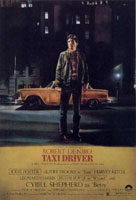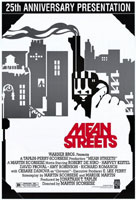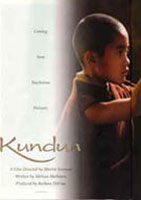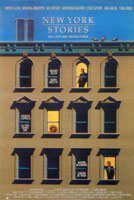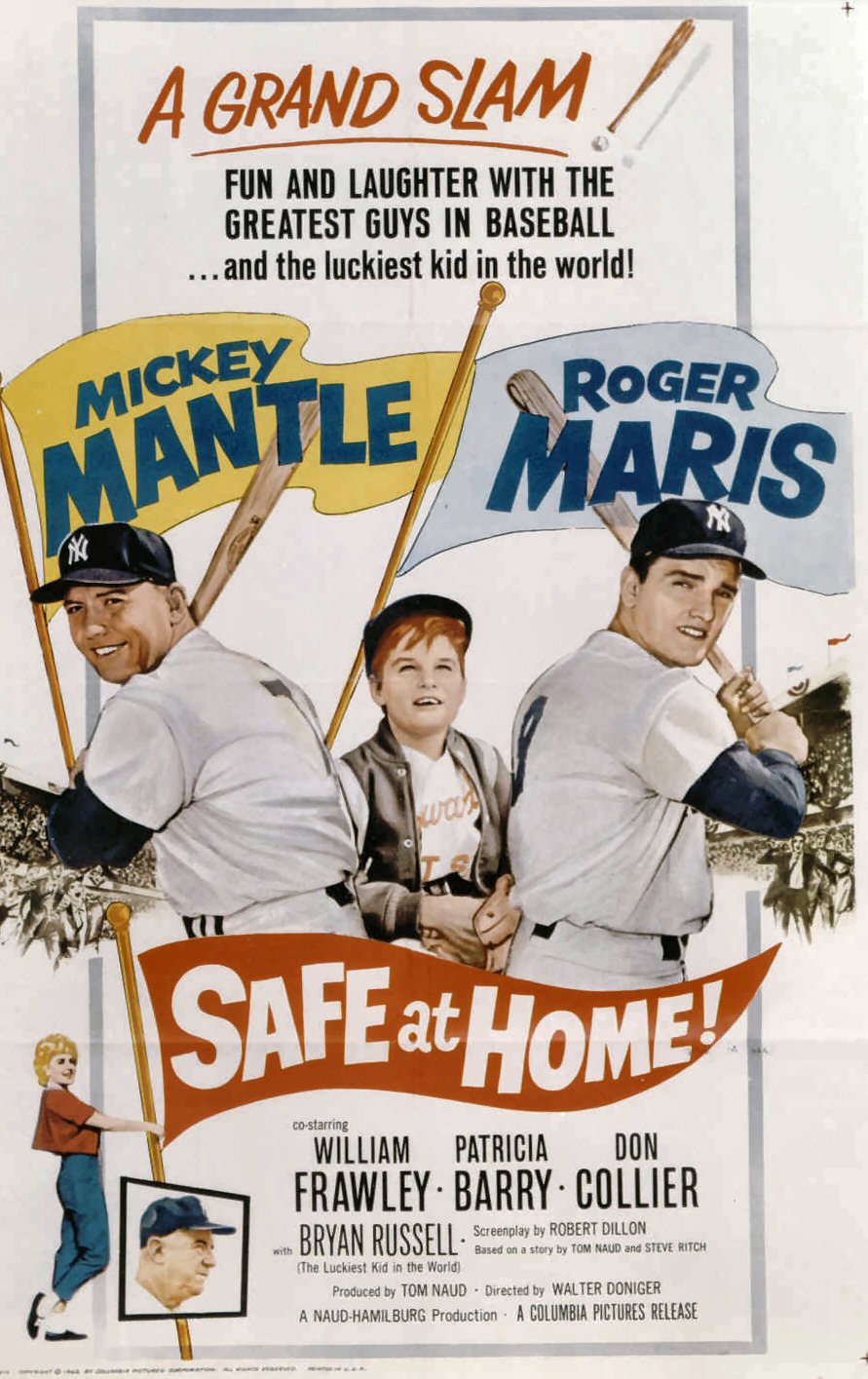Who’s That Knocking at My Door is regarded as the launching pad for Martin Scorsese’s extraordinary career. It is a crudely shot but effective film that not only introduced us to Scorsese but several of the themes around religion, love and gender that he’s continued to explore even in his more recent films.
Harvey Keitel stars as J.R., a young man on the cusp of figuring out what he’s going to do with the rest of his life. Up until now it’s been hanging out with male friends in the bar, uptown, at someone’s place, wherever doing much of nothing. As a group, the boys are crude, rowdy and shallow. They drink, argue, get into fights. But they’re like a family. They share a loyalty with one another that no woman can get between.
J.R. meets a girl (Zina Bethune) and falls in love for presumably the first time. All of a sudden his world changes. The girl, who goes unnamed for the duration of the film, commands all of his attention. Scorsese uses an editing technique of focusing the camera in tight on her face when she is talking in the early part of Who’s That Knocking to show J.R.’s goo-goo eyes for her. After a day with her, J.R. goes to hang out with his best friend Joey (Lennard Kuras). The camera maintains J.R.’s point of view and shoots Joey’s chest rather than his face. J.R.’s in love and the boys are suffering for it.
With the girl, J.R. is comfortable. He can be himself. Although she is admittedly not a big fan of Western films, she happily accompanies J.R. to go see John Wayne classics and talks about them afterwards. However, there’s still an uneasiness for J.R. He has little experience with women outside of his mother and the Virgin Mary so he doesn’t quite know how to handle this girlfriend. In reality, it’s simple. But he over complicates things. This is because J.R. is tinted by guilt. He says he’s saving himself for his wife. But at night J.R. has very lucid dreams about women other than his girlfriend.
Things take a further change when the girl tries to take their relationship to a deeper level. She confides to J.R. that she was raped. J.R. flips, accusing her of lying and being a whore. J.R. sees women in two different lights. They can either be a woman or they can be a broad. Women are good. They are pure. His mother was a woman. So was Mary. A broad, on the other hand, is an object. They can be bought for a price. Broads get around. Men possess broads. So when J.R. accuses his girlfriend of being a broad, he is in turn reversing the relationship. Before it was something mutual. Now it’s about control and J.R. feels the need to have it. But if his girlfriend has been with another man, she’s used goods and, in turn, a broad.
Who’s That Knocking introduces many of the themes Scorsese would later follow up on. The scenes where J.R. is hanging with the boys look and feel a lot like Mean Streets. However, this film is directed more at gender roles than it is religion in Mean Streets. The fluid style of direction with many different angles, upbeat popular music and ear-to-the-ground dialogue are all Scorsese trademarks.
Who’s That Knocking is a challenging film, but only in the best possible way. Although I may disagree with some of the film’s ideology’s, Scorsese provides something to ponder. He ponders these very same things in his later films, which leads me to believe that he isn’t convinced either. One of the things that I really enjoy about Scorsese is that his films connect through themes and that those themes reflect his own experiences and questions. Who’s That Knocking at My Door is a personal debut feature that shows a director who isn’t scared of dragging his own battles in with him. Call it therapy that I like to observe.
